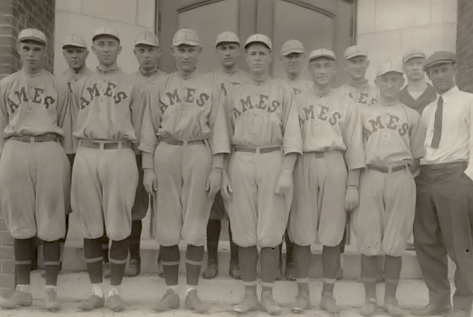Wendlandt is a senior radio-television major and can be reached at michael.wendlandt@drake.edu.
Perhaps no rule modification in the NFL’s history has made more of an impact on the game than the changes made by the league in 1978, which opened up the passing game to great heights. At the time, the rules made sense, as offenses started to establish a little more dominance over defenses and scoring reached new heights. In the thirty-four years since then, offenses have skyrocketed to stats that were thought to be unreachable, such as 5,000 yards passing and 40 points per game. Here, we will look at each rule and figure out if they are still needed in today’s NFL.
1. The “Mel Blount” Rule.
This rule is probably the most commonly known of all the changed. It established the five-yard bump rule in which the only time a receiver can be bumped by a defender is within five yards of the line of scrimmage. After that, any contact will result in a penalty. In today’s game, that has allowed receivers to run free wherever they want, creating some gaudy yardage stats and severely handicapping physical defenders. This rule needs to be changed slightly so defenders can gain some sense of physicality and make their job a little easier.
2. Pass Blocking became easier.
Before 1978, you could only block with a closed fist with your arms held close to your body. With this new rule, you can extend and grab your opponent as long as you don’t reach outside his shoulder pads, severely hampering pass rushing and allowing more time for quarterbacks to pick defenses apart for big plays. This rule I think only needs one modification, that offensive linemen can push but not grab and pull defenders.
3. Double touching by the offense is not legal.
Until 1978, no offensive player could touch a tipped pass unless a defender touched it first. That was put to the test in the “Immaculate Reception,” in which, to this day, there is no proof of who touched the ball first, John Fuqua of the Steelers, or Jack Tatum of the Raiders. Due to that controversy, as well as other examples, the NFL changed the rules to allow a deflection to still be live for the offense, allowing for “tip drills” and other similar plays to stand.
Now, I can definitely see why these rules were implemented. In 1977, teams only averaged 17.1 points per game in what is referred to as the NFL’s version of the “Dead Ball” era. However, with how much receivers and tight ends have gotten more and more athletic, defensive backs and linebackers are at a huge handicap with these rules. Especially with the Blount rule, offenses have never had it easier. I know that the casual fan wants to see scoring, but with athletes like Calvin Johnson and Jimmy Graham now in the fold, defenders need some help to keep up.






